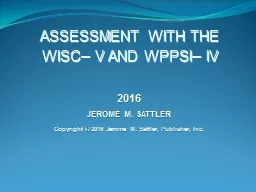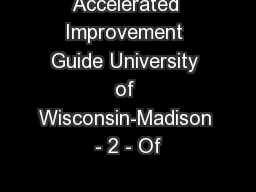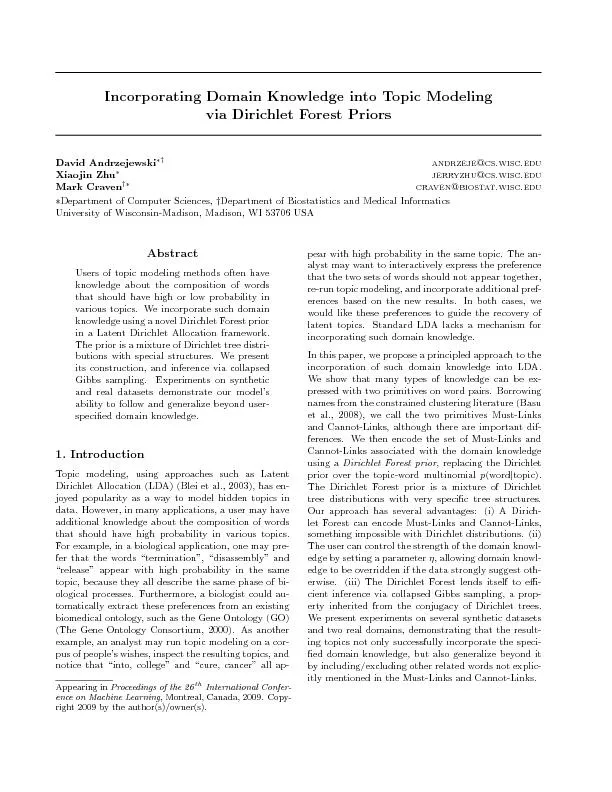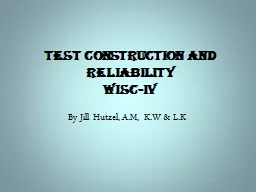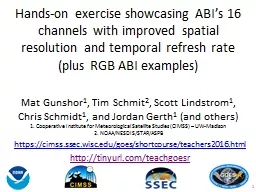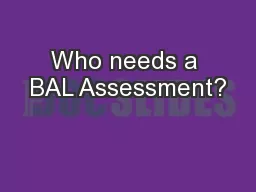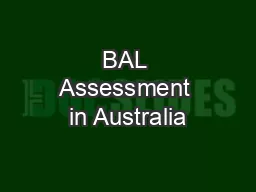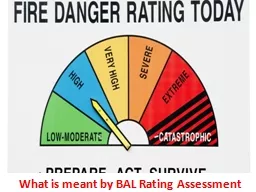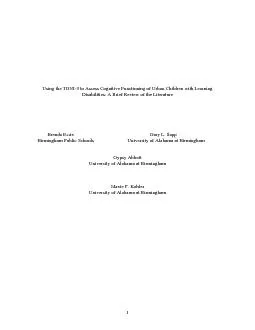PPT-ASSESSMENT WITH THE WISC
Author : tatyana-admore | Published Date : 2017-12-06
V AND WPPSI IV 2016 JEROME M SATTLER Copyright 2016 Jerome M Sattler Publisher Inc Opening Poem Reflecting Childhood Put Something In Draw a crazy picture
Presentation Embed Code
Download Presentation
Download Presentation The PPT/PDF document "ASSESSMENT WITH THE WISC" is the property of its rightful owner. Permission is granted to download and print the materials on this website for personal, non-commercial use only, and to display it on your personal computer provided you do not modify the materials and that you retain all copyright notices contained in the materials. By downloading content from our website, you accept the terms of this agreement.
ASSESSMENT WITH THE WISC: Transcript
Download Rules Of Document
"ASSESSMENT WITH THE WISC"The content belongs to its owner. You may download and print it for personal use, without modification, and keep all copyright notices. By downloading, you agree to these terms.
Related Documents

